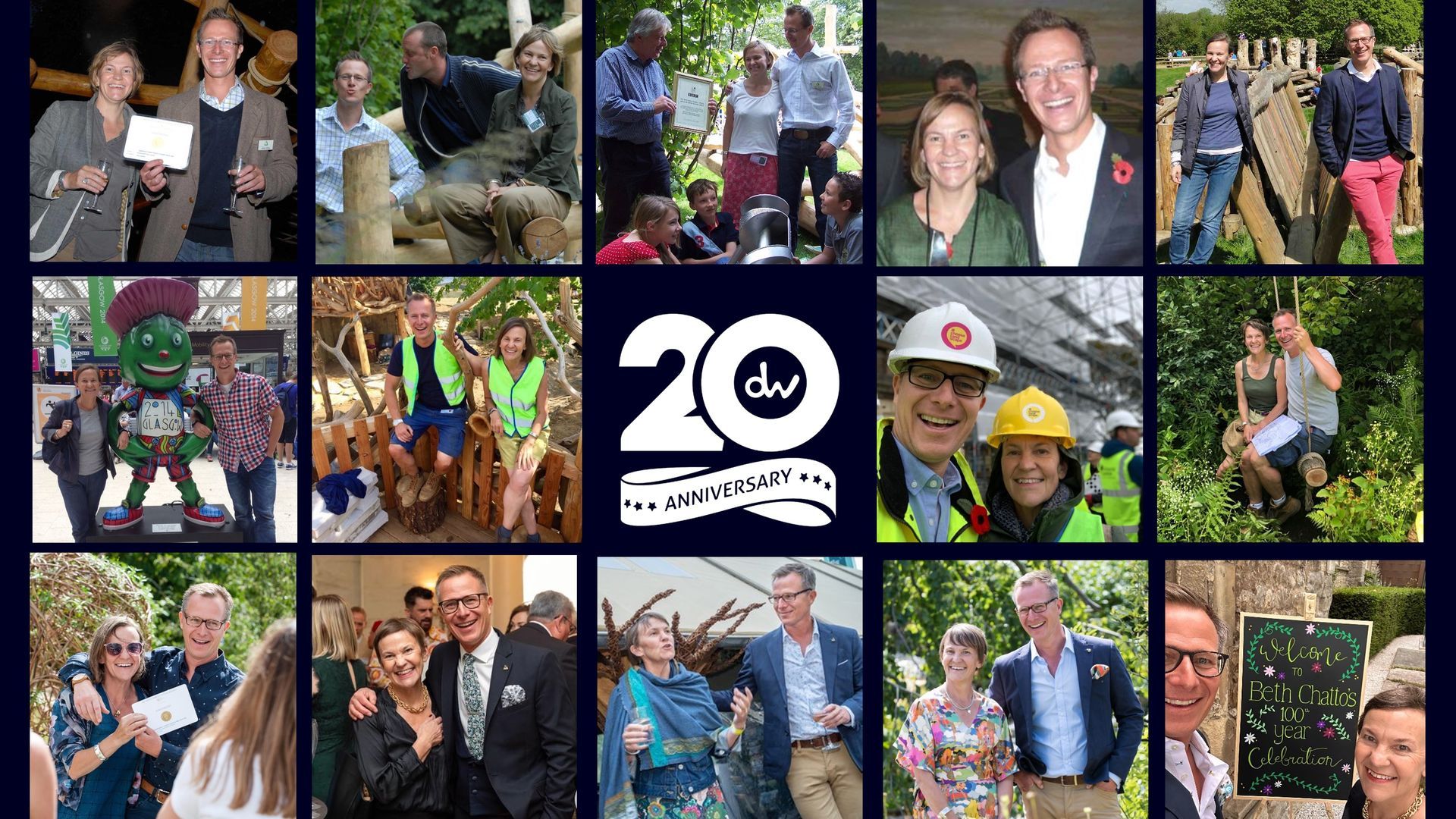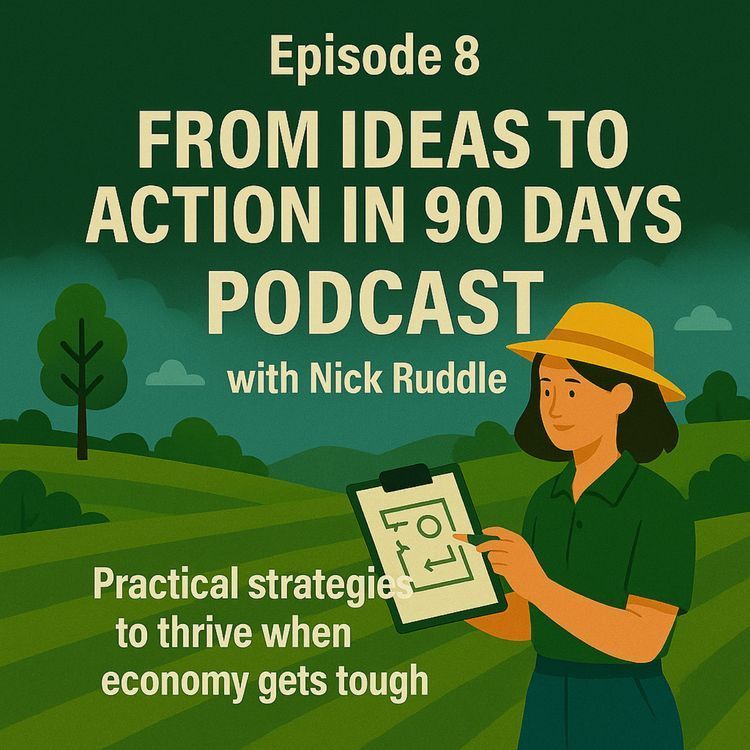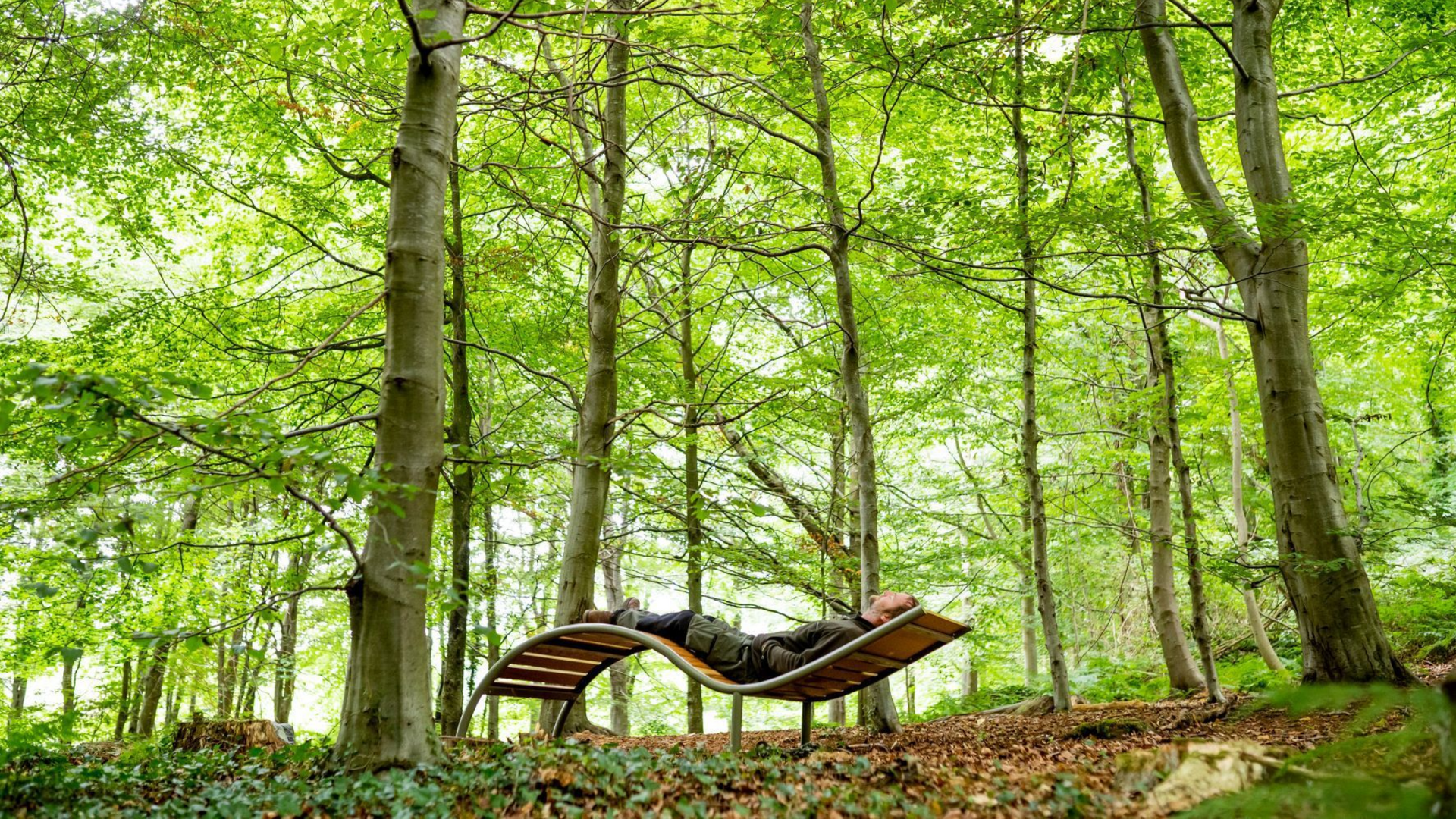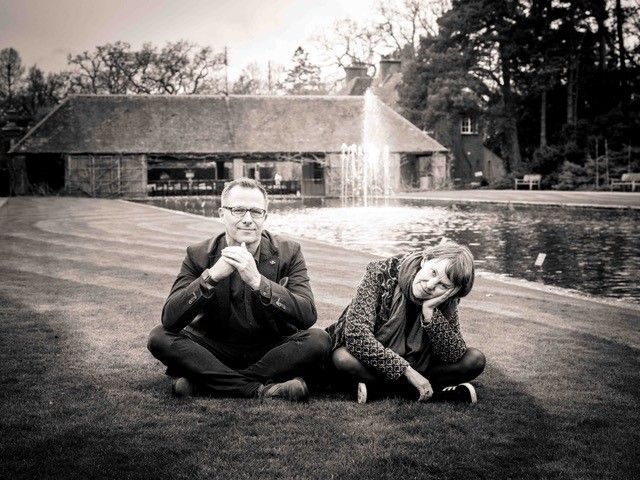Playbuilder’s 2009 Legacy: Why Natural Play Still Matters in 2025
From Playbuilder to Play Commission: What We’ve Learned About Children’s Right to Play.
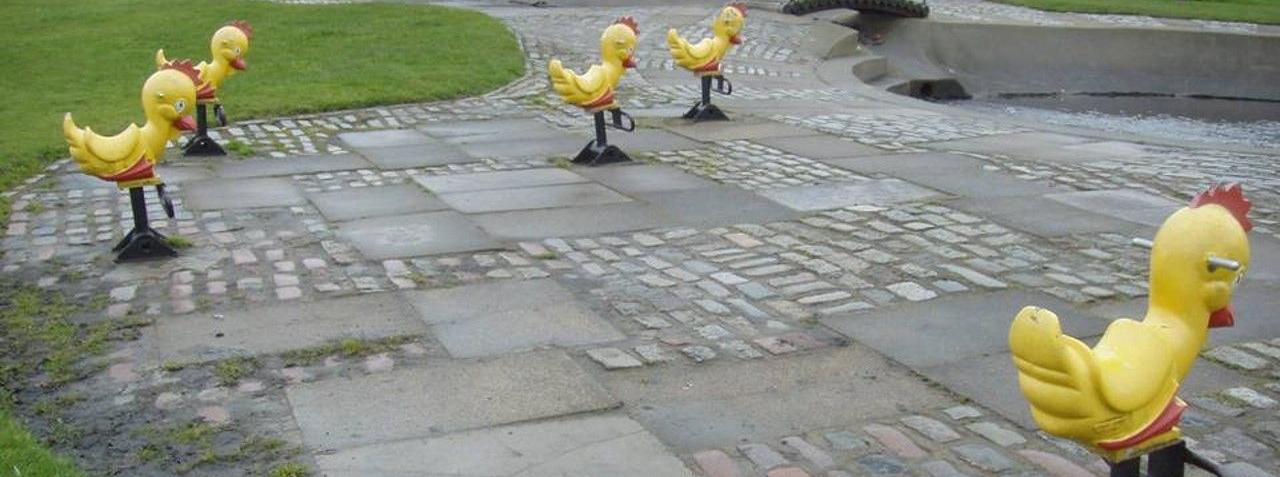
The Playbuilder and Pathfinder programme (2008–2011) was the most ambitious investment in children’s play that England has ever seen. Backed by more than £225 million, the initiative aimed to create or refurbish over 3,500 play spaces nationwide. Its purpose was to move away from the tired model of standardised equipment on tarmac or rubber surfacing and instead deliver imaginative, bespoke play environments that embraced nature, inclusivity, and challenge. Thirty local authorities were designated “Play Pathfinders,” tasked with delivering exemplary sites to showcase new thinking in design and community engagement.
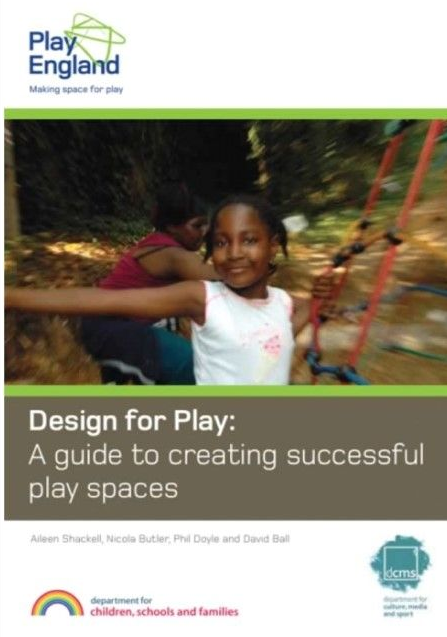
At the centre of this transformation were ideas pioneered by Andrée Davies FLI and Adam White FLI, Chartered Landscape Architects who first met at the environmental charity Groundwork before founding Davies White Ltd in 2005. Their breakthrough came with the Playscape show garden at RHS Hampton Court in 2007, which won an RHS Gold Medal and the BBC People’s Choice Award. Rejecting conventional metal-and-rubber playgrounds, it presented a child-led world of logs, boulders, landform, water, and planting.
The Playscape was quickly adopted by Play England and featured prominently in the government-backed Design for Play (2008) and Managing Risk in Play Provision (2008) guides. Permanent Playscapes in Kingston upon Thames and Ealing were built as direct legacies of this work, both later showcased nationally as best practice.
Remarkably, both sites remain as popular as ever in 2025, supported by their own proactive and independent Friends of Groups, a testament to the strength of community engagement and the enduring appeal of natural play.
This design philosophy influenced the Playbuilder/Pathfinder programme, helping to embed risk–benefit thinking, playful planting, and naturalistic play design into mainstream public provision. Yet the initiative was not without flaws. Tight delivery timetables and inconsistent consultation led to patchy quality, and the abrupt withdrawal of central funding in 2010 left many local authorities struggling to complete or maintain schemes. Some play spaces thrived and remain cherished, but others quickly deteriorated, highlighting the dangers of short-term investment without long-term planning.
Despite this, the programme’s legacy endures. It shifted the national conversation, seeded a generation of more adventurous, inclusive play spaces, and proved that investment in imaginative outdoor environments could transform children’s lives. It also demonstrated the importance of community engagement and maintenance; lessons that remain vital today.
Fast forward to 2025, and the urgency around children’s play is louder than ever. The Raising the Nation Play Commission’s final report, Everything to Play For, described the current situation as a “national wake-up call.” It found that children’s time spent outdoors has fallen by more than 50% in a single generation, leaving them increasingly “sedentary, scrolling and alone.”
The report calls for a new National Play Strategy, backed by £125 million per year, a statutory duty on local authorities, more school playtime, and the removal of outdated restrictions such as “No Ball Games” signs.
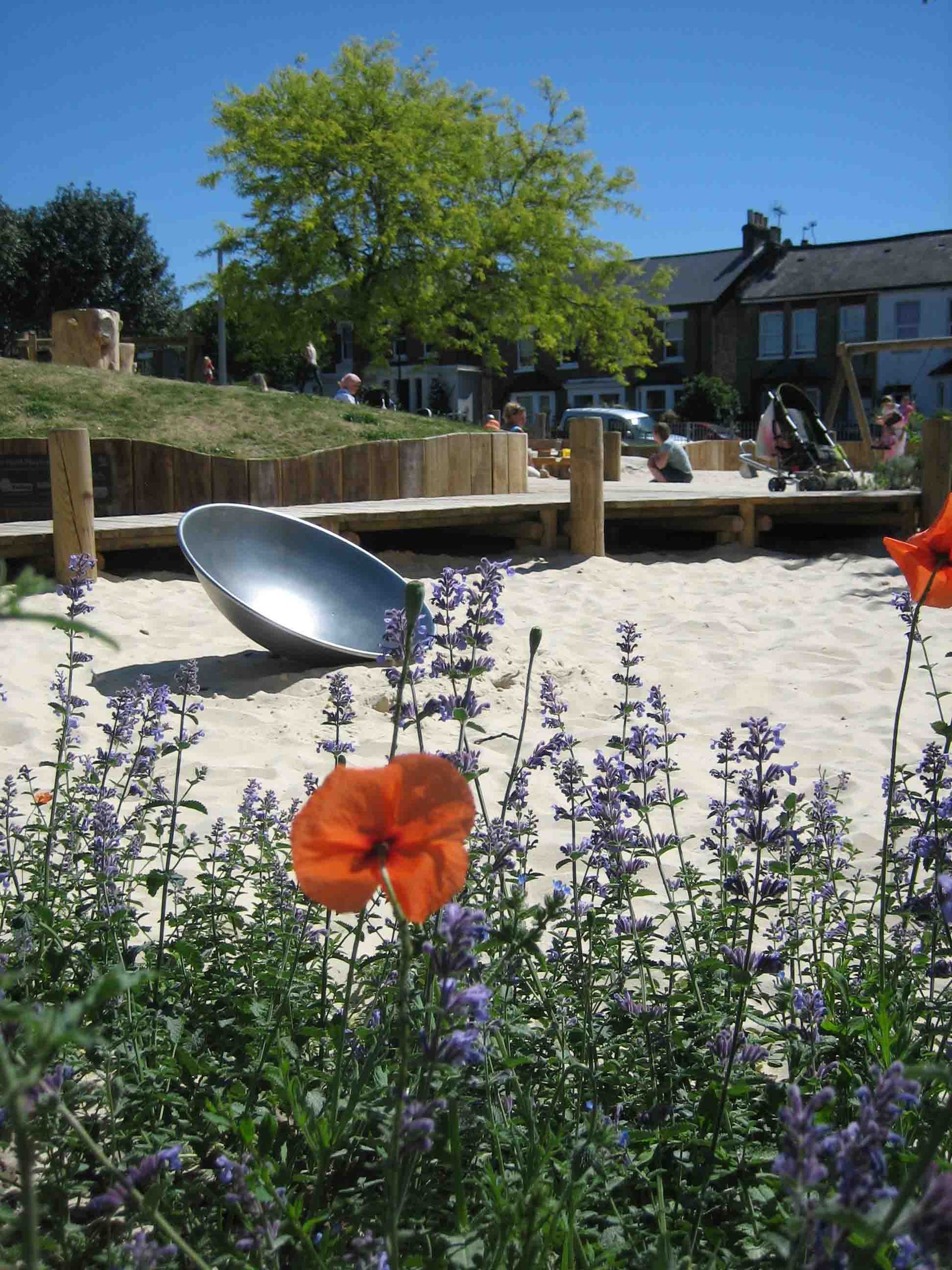
This moment echoes the Playbuilder/Pathfinder years, but with even greater urgency. If 2008–2011 was a burst of ambition that redefined what play could be, the 2025 report shows the cost of a decade without sustained investment: fragmented provision, declining access, and lost opportunities for health, creativity, and community connection.
For Davies White, the story has come full circle. The Playscape that helped inspire Playbuilder remains a touchstone for best practice in natural play, and today the practice continues to champion playful planting, inclusive landscapes, and child-led design. The 2025 Play Commission’s recommendations show that the lessons of the past are still relevant: bold investment, creative design, and long-term thinking are essential if every child in England is to have the right to play freely in safe, challenging, and inspiring outdoor spaces.
